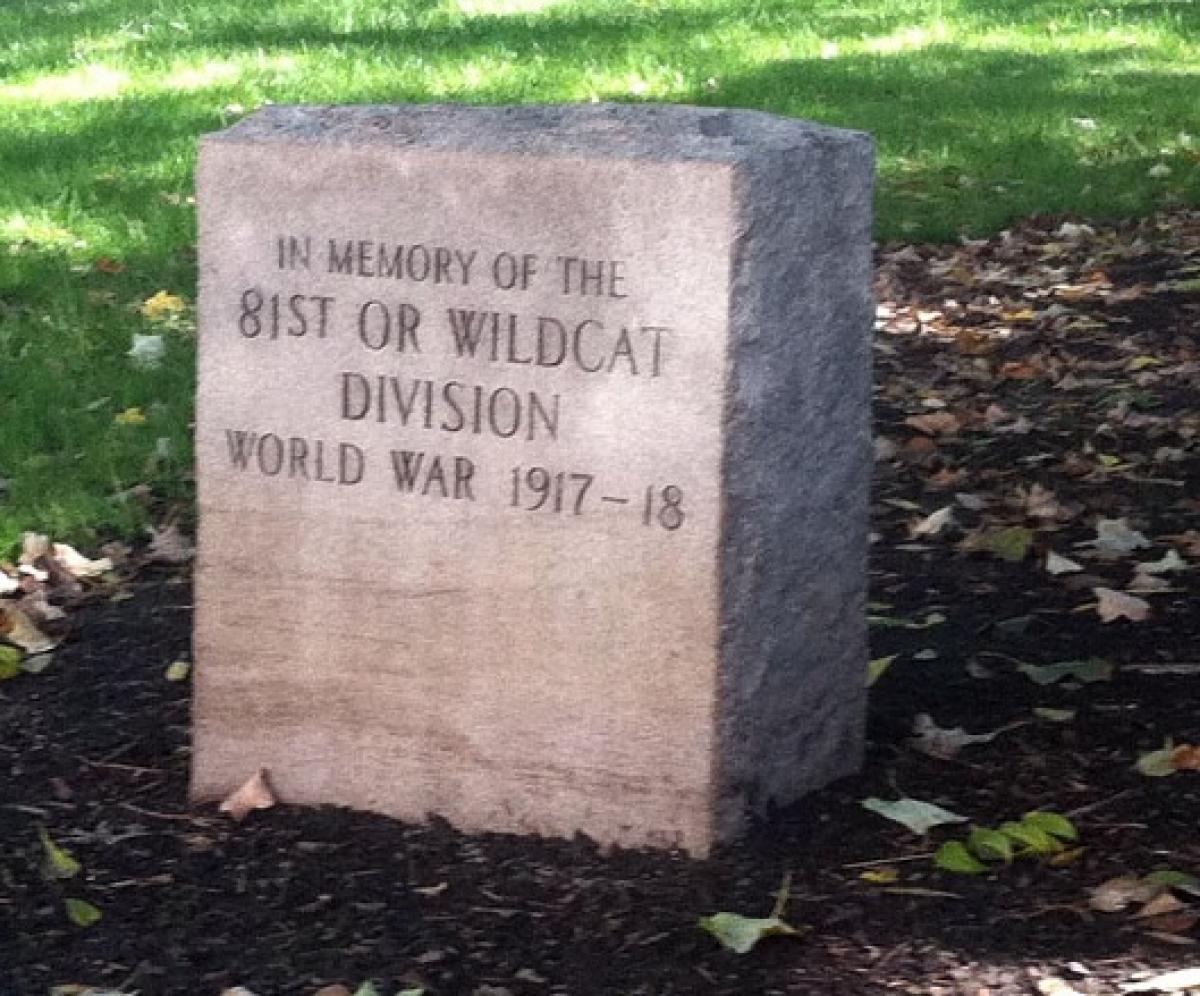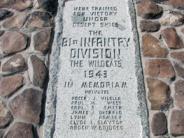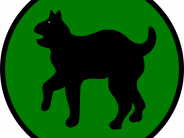- Our Community
- Community Overview City History Community Demographics Chamber of Commerce Events and Activities City Calendar City Parks On-Line Store Cemeteries Local Weather Photo Gallery
- Library School District Public Safety Emergency Management Police Fire ADA Compliance Americans with Disabilities Wall of Honor Wall of Honor
- Grove Regional Airport Grand Lake Association INTEGRIS Grove Hospital Har-Ber Village Lendonwood Garden Playmakers Theatre Cayuga Mission
- Doing Business
- Welcome Visitors
- Grand Lake Association Grove Area Chamber of Commerce Grove Regional Airport Playmakers Theatre
- Cayuga Mission Har-Ber Village Lendonwood Garden Grand River Dam Authority (GRDA)
- On-line Store Photo Gallery Events Where to Eat Where to Stay Where to Park in Downtown Grove Wolf Creek Park & Boating Facility
- Inside City Hall
- Contact City Hall Staff Directory Submit a Complaint or Comment City Code Comprehensive Plan Jobs - Equal Opportunity Employer Non-Discrimination Download Employment Application Submit Employment Application
- Agendas and Minutes City Council Boards and Committees Convention and Tourism Bureau Economic Development Authority Municipal Airport Authority Municipal Service Authority Planning and Zoning Board Zoning Board of Adjustments ADA Compliance Americans with Disabilities
- Departments Administration Airport Buildings and Grounds Community Development Economic Development Finance Fire Emergency Management Municipal Court Police Public Works Utility Services
- Helpful Resources
- Alerts and Notifications Email Subscriptions Events and Meetings Agendas and Minutes City Calendar In the News City News
- Contact the City Staff Directory Submit a Request or Concern Code Red Code Red Login Documents and Forms Documents and Reports Forms, Permits and Applications Maps
- Social Media City of Grove on Facebook Wolf Creek Park on Facebook Grove Animal Control on Facebook Frequently Asked Questions Frequently Used Numbers Helpful Links
United States Army 81st Infantry Division (Wildcat)

U. S. ARMY 81ST INFANTRY (WILDCAT DIVISION) - The 81st Infantry Division ("Wildcat") was an infantry division of the United States Army that was mobilized for service in both World War I and World War II. The division was inactivated in 1965 and remains on the inactive list of the United States Army.
World War I
- Activated: September 1917. Camp Jackson, South Carolina.
- Overseas: August 1918
- Major Operations: Meuse-Argonne, Alsace-Lorraine
- Casualties: Total-1,104 (KIA-195, WIA-909)
- Inactivated at Hoboken, New Jersey on June 11, 1919
World War II
- Activated: June 15, 1942, Camp Rucker, Alabama
- Overseas: July 3, 1944
- Campaigns: Western Pacific, South Philippines
- Days of combat: 166
- Awards: DSC-7 ; DSM-2 ; SS-281; LM-7; SM-40 ; BSM-658 ; AM-15
- Inactivated: January 30, 1946 in Japan
WWII Casualties
- Total battle casualties: 2,314
- Killed in action: 366
- Wounded in action: 1,942
- Missing in action: 6
The Story of the Wildcat
1919 U.S. Army flyer depicting the Insignia of the 81st (Stonewall) Division, American Expeditionary Forces, France 1918-19. As the fighting divisions of the United States Army organized in 1917, commanders adopted distinctive nicknames and insignia, not only to foster esprit-de-corps within their units, but to help identify unit equipment and baggage. The 81st Division, composed mostly of Southern inductees, first adopted the nickname "Stonewall Division" in honor of Confederate General Thomas "Stonewall" Jackson. While at Camp Jackson, much of the division training was conducted in the vicinity of Wildcat Creek. Furthermore, some more daring country boys in uniform trapped a Carolina wildcat near the creek, and adopted the snarling beast as the division mascot. For those reasons, the division adopted a wildcat as their unique insignia. The wildcat proved so popular with the members of the division that the "Stonewall" nickname was quickly supplanted. The cat symbol and the motto "Obedience, Courage, Loyalty" were officially adopted in the War Department General Order #16 of May 24, 1918.
The 81st Division commander, Major General Charles J. Bailey, went a step further in creating a distinctive shoulder patch for his men after seeing similar items in use by Allied troops on the Western Front. General Bailey canvassed his officers for thoughts on a divisional patch. Colonel Frank Halstead, commander of the 321st Infantry regiment, logically proposed to use a wildcat as a symbol. Sergeant Dan Silverman, a soldier in the headquarters of the 321st Infantry, created several concept sketches for review by General Bailey. One of Silverman's sketches which showed a wildcat superimposed on a disk was selected for approval by General Bailey. Out of the concept sketch was created a circular olive drab cloth patch with a wildcat silhouette surrounded by a black border. To further differentiate the elements of the division, specific colors were assigned the subordinate brigades, support trains and separate battalions. For example, the divisional headquarters and headquarters troop adopted a black patch with a yellowish wildcat with the superimposed letters "HQ". On his own authority, Bailey authorized the creation and wear of the wildcat patches.
The new wildcat insignia not only served as a ready means of identification, but helped to foster unit pride and esprit-de-corps. However, General Bailey quickly found himself in trouble over his unauthorized patch. When the 81st Division arrived in New York City to embark for Europe, the port commander not only ordered the removal of the patches, but cabled the War Department to report the breach of uniform regulations. By the time the War Department replied with orders to remove the patch, the 81st Division had already sailed from New York. Once at sea, General Bailey cheekily ordered his men to restore the wildcat patches to their uniforms.
However, the matter of the wildcat patch was not settled. As the 81st Division was moving into the Vosges sector of France, a War Department telegram arrived from the Adjutant General of the American Expeditionary Forces. The telegram frostily requested General Bailey to "furnish authority, if any, for wearing the "wildcat" in cloth on both the left sleeve and overseas cap. It is gathered that no previous authority was officially given to any organization for this addition to the uniform." Bailey redoubled his efforts to keep the insignia by sending an endorsement to General John Pershing on October 4, 1918 advising that "no official sanction had been given for the wearing of the emblem on the uniform. Bailey continued by explaining in detail the events leading up to the adoption...of the distinguishing symbol in this manner and the advantages of the usage of such as symbol."
Determined to win the argument, Bailey obtained permission to personally defend his decision to General John J. Pershing, commander of the American Expeditionary Force (A.E.F.). As the story goes, Bailey touted the advantages of a shoulder patch in boosting the morale of the soldiers. General Pershing approved the use of the patch, reportedly saying "all right, go ahead and wear it; and see to it that you live up to it."
Click any thumbnail image to view a slideshow


